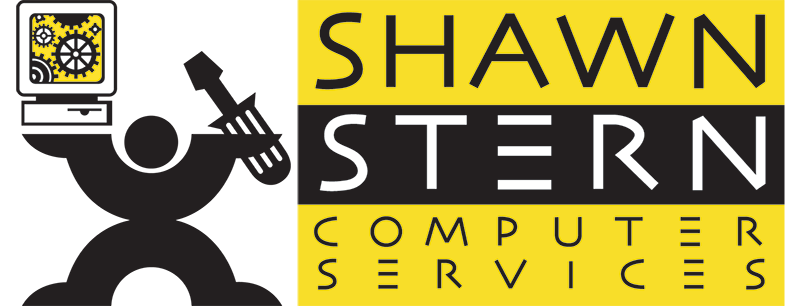
How Managers Can Support Remote Employees
In the global transition from corporate hallways to home offices, we’ve left something behind: meaningful access to managers.Gone are the instant answers to unblock progress, information streams that managers are privy to before the rest of the organization, informal feedback and coaching while walking together after a meeting, and predictable process and structures for communicating about work and ensuring mutual accountability.
Source: https://hbr.org/2020/04/how-managers-can-support-remote-employees
Last week, during a coaching call, a senior director lamented, “I’m stalled because I don’t know how to connect with my manager on the less formal stuff — the way I used to.” He’s not alone. Manager distancing is frustrating employees and stalling work.
But managers are finding themselves struggling, too. For every employee who is trying to reach their manager, a manager is attempting to connect with half a dozen or more direct reports, plus trying to get direction from their own boss. In a poll of my coaching clients last week about their biggest challenges, their key themes were about how to stay connected with each team member, help manage their own and others’ stress, maintain team morale and motivation, run engaged meetings, track and communicate progress, and help their team shed nonessential work.
My coaching clients — managers in a variety of organizations — and I have worked through several scenarios and arrived at these six strategies to augment availability to employees when working remotely. We’re seeing early indications that implementing these strategies can reduce manager and employee stress, address concerns about employee work progress, increase productivity for them and their teams, and restore and maintain healthy communication channels.
Bridge distance through frequent connections.
Yuval*, CEO of a 1,000-person high-tech company, messages or calls his direct reports at least once a day, usually without a specific agenda. He says things like, “Checking to see if you need anything from me,” “What questions do you have for me today?” “Just learned about X and want you to be the first to know,” and “Thinking of you; reminded of our winter team outing and your killer s’mores as I look at the picture on my home office wall.” Instead of simply asking his direct reports to get in touch with him as needed, Yuval proactively manages the frequency of connection. This way, he always has a finger on the pulse of his team, especially those directs hesitant to reach out and add more to their boss’s plate during a crisis.
Blast through questions with office hours.
Managers make dozens of decisions daily and provide their people with scores of data points via informal conversations. These interactions don’t merit full meetings, but when they’re ignored, little things can languish and become looming problems. Marissa, executive director of a non-profit, has started holding office hours: an hour a day in which she invites her directs to join her on a video conferencing app if they have concerns that can be addressed in 10 minutes or less. When one person joins, she locks the meeting — the online version of shutting the office door. Everyone understands they should try back in about 10 minutes if a lock is in place. For more complex issues, Marissa asks her directs to schedule a dedicated meeting. Allocating time to deal with the flurry of daily issues maintains work fluidity and prevents small sore spots from festering into large pain points.
Click Here to view source Harvard Business Review post
